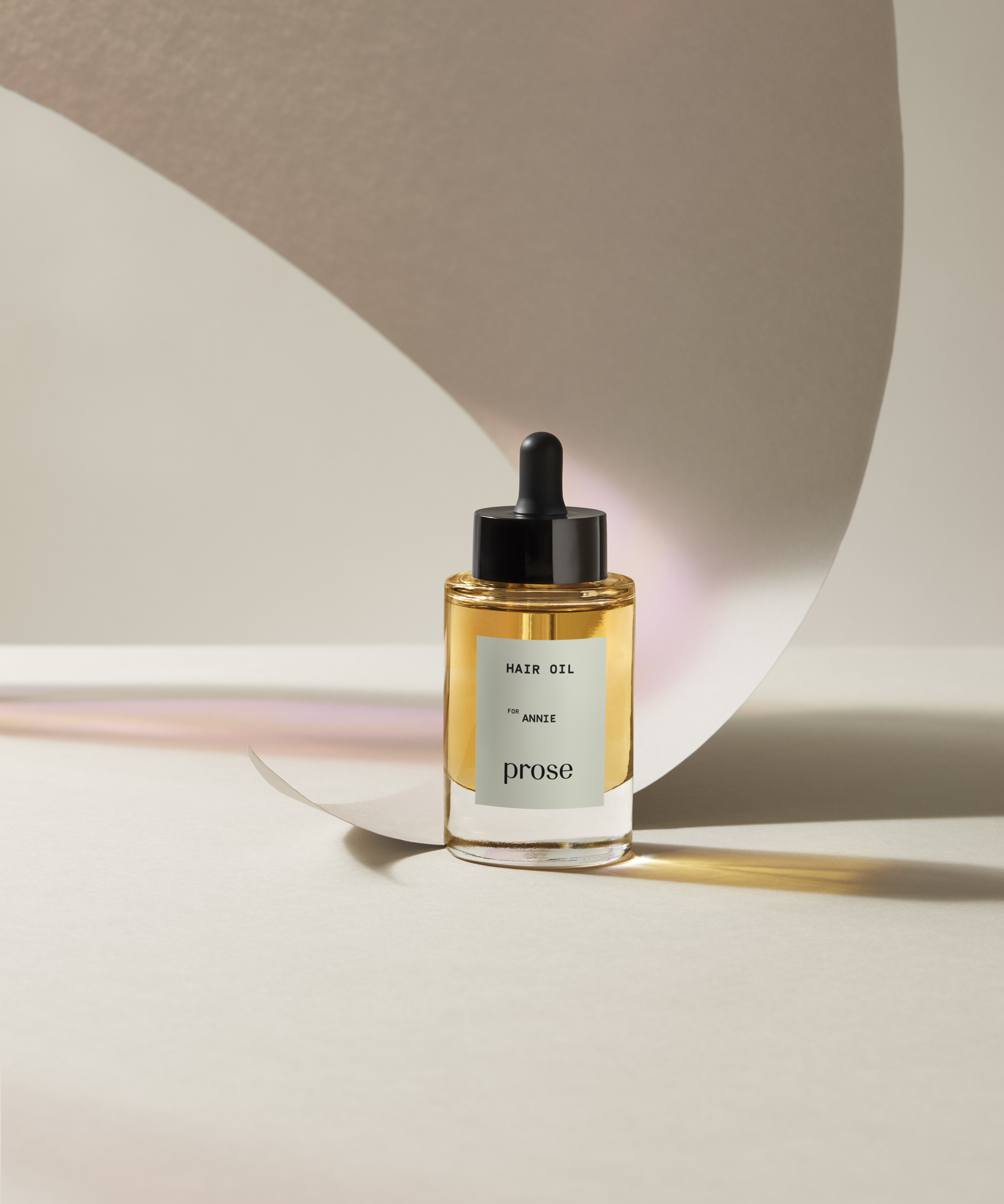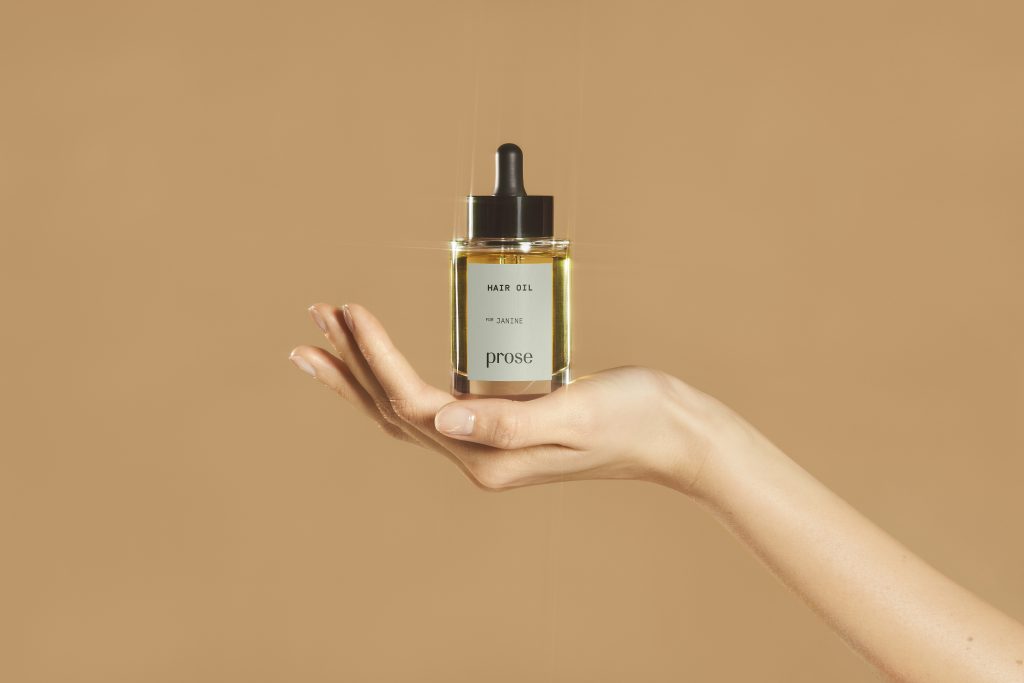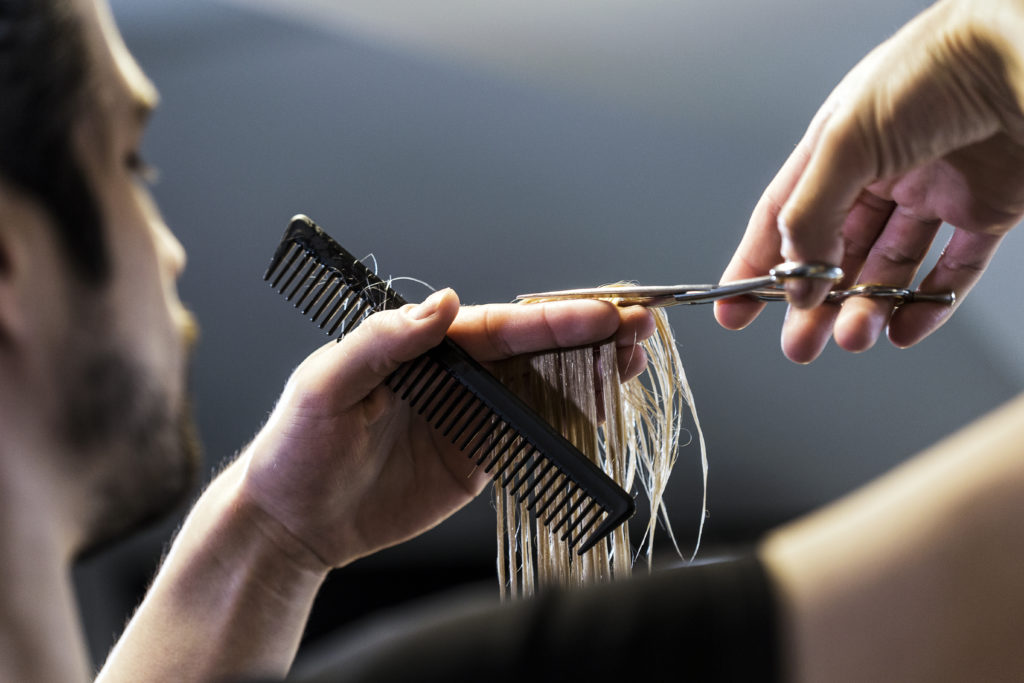How do I know if I’m using a serum or an oil?
Hair oils are nature’s multitaskers—able to solve everything from treating split ends and a dry scalp to taming flyaways and smoothing out frizz. How? Hair oils lubricate the hair and can penetrate the cuticles, causing changes to the hair structure by adding fatty acids to replace the lipids in your hair. This can result in fewer split ends and prevent breakage. There is a perfect oil for every hair type—though the process of finding your perfect match can be a game of trial and error. To make things easier, try a custom hair oil that’s blended to meet your specific hair type and needs. Our custom hair oil features ethically-sourced oils like argan and maracuja, among others. Because most of them are cold pressed, your hair gets to soak in the most nutrients possible.
In the salon environment, serums are typically used as styling products. Most serums are silicone-based and add a protective layer to cuticles that fights vigorous brushing, heat styling and combing. Hair serums are most effective on curly or coily hair types, which naturally have raised cuticles. Wavy hair types can also use serums, but they need to be mindful of how much and how often they’re using it to avoid weighing hair down.
Pro tip: Always read the bottle. Some companies use the terms hair oil and hair serum interchangeably. If a product has a laundry list of natural and synthetic ingredients it’s a serum, and if it contains one or more natural oils, it’s an oil.
What myths need to be debunked?
The words hair and oil together can be terrifying to people who have been lead to believe that applying oil to the hair (especially those with naturally oily strands) will leave it heavy and greasy. In fact, a small amount of oil distributed evenly can nourish strands, protect fragile ends, and enhance shine.
Serums containing silicones also get a bad rep, but it’s important to remember that everything manmade isn’t necessarily bad. In fact, silicones can give hair a much needed boost and protect from damage caused by styling, managing or manipulating hair.
Should I apply oils and serums the same way?
Hair oils can be used in an endless number of ways. Some are so flexible that they can be applied to the body, eyelashes, and browbone. Depending on the type, hair oils can be applied at various stages of the hair care process, including during blow drying or diffusing, as an overnight treatment and even before washing as a rinse-out treatment. Plus, they don’t need to be used daily to be effective.
Hair serums work best when they are applied to wet hair. Be sure to focus the application of serums to ends, not just the roots, and to distribute the product evenly by rubbing it in your hands before adding to hair. Some serums can also be used for midday touch-ups but try not to apply to dirty hair as it may only enhance your days-old look.
Serums work by sealing the cuticles and fusing with your strands to create a lasting protective layer. This effect is why they’re usually sold with the promise of “fixing” split ends. Because they sit on the outside of the cuticle and don’t actually penetrate, they work by simply sticking ends together. Hair oil, on the other hand, can penetrate hair (especially if applied on dry ends) and, with repetitive use, can strengthen hair resulting in less splitting over time. Remember, nothing can actually get rid of split ends except for a trim.
If you’re looking for an oil that won’t weigh down your strands, look no further. Get your hands on your very own custom hair oil by taking our consultation here.





